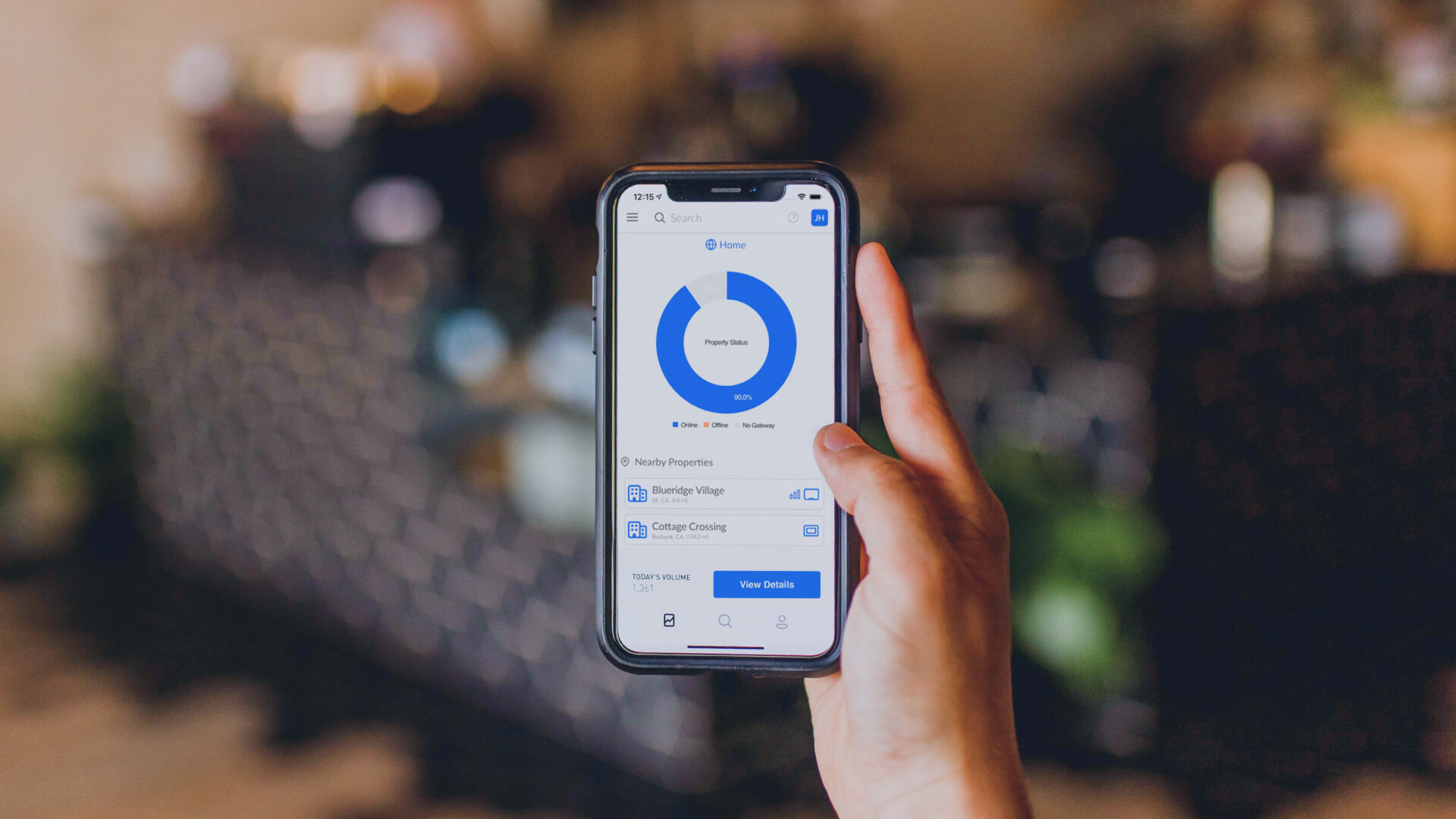A common misconception
“Installing a submetering system at my property means I’ve got to hire an outside third party billing company to send bills to my residents each month”.
In reality, you can get all the benefits of having an affordable system to submeter the utility usage of each unit, AND you can decide to create and distribute charges to residents in house if you choose.
What is Submetering?
Simply put, it’s a process to transfer responsibility and associated costs for utility usage to individual residents in multi-unit properties. This is typically done by utilizing an installed metering system within each unit. Modern submetering systems include water, gas, electric or other specialty utility meters and an Automated Meter Reading (AMR) system that will allow remote monitoring of daily meter reads.
Technology advances have made submetering systems affordable and easier to install. Installing a submetering system makes sense to install in a duplex or triplex as much as it does in a 500 unit new high rise. And what happens when a submetering system is installed and implemented? Many documented studies have shown that when tenants pay directly for their utilities, total utility charges at the property drop between 18% and 30% within a few months! And that means that net operating income to the landlord increases by the amount of utility costs transferred to tenants. It doesn’t matter what size multi-unit property this is applied to.
Third Party Billing Companies
There are a number of local and national companies that will provide monthly utility billing services. These companies are able to bill individual residents using either an installed submetering system, or they may use a Ratio Utility Billing System (RUBS) which is a method that apportions a percentage of the utility costs to tenants based on a predetermined formula. Using a third party billing company can have advantages: 1) they have software and systems designed to calculate, prepare, print and distribute utility bills; 2) they understand local billing codes and requirements and will make sure you are in compliance with the law; 3) for most properties, the cost of their services are transferred to residents.
But in many circumstances, it makes sense to simply use the data obtained from the submetering system without the need for a third party billing company. Some examples…
Utility Conservation Incentive Programs – more and more multi-unit properties that serve low income or special needs communities either cannot or don’t choose to pass along a full utility bill to residents. But they may still want the advantages of a submetering system that can create incentives for residents to conserve. Submetering systems will also provide automated leak detection alerts – allowing that leaking toilet to be fixed quickly.
Low Utility Usage / Infrequent Billing – Perhaps you want to just bill residents once each year for the natural gas they use for a gas fireplace in the winter. You can prepare those charges in house from the data retrieved from your gas submetering system. You can choose to bill residents, quarterly, annually or any infrequent period you choose.
Small Size Property – Most third party billing companies will not offer their services to small multi-unit properties. Some larger providers require over a hundred units at the property before you can get their attention! The cost of billing services is typically not completely transferred to residents at properties smaller than 20 units. Small property owners/managers can still use the consumption data from their submetering system to pass utility charges to their tenants.
Bottom line – Regardless of the specifics of your property large or small, an installed submetering system will create incentives with your residents to use less because they will be directly paying for what they use. Submetering systems are less expensive to install than you think, and typically have a Return on Investment (ROI) of less than one year. AND if you choose, you can use and manage your submetering system without relying on a third party billing service company.
